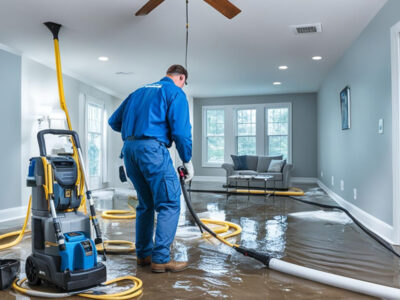Industrial safety is a major concern in this day and age, and in a country like India where construction development is chugging ahead at an ever-accelerated pace, it goes without saying that the role of safety equipment in general, and safety nets in particular, has turned out to be that much more significant.
So, how exactly do safety equipment nets work?
Modern construction safety depends heavily on the amount of building regulations and safety policies that are being adhered to, and when it comes to high-rise buildings and skyscrapers, safety nets are making their presence felt.
Conventionally, fall protection nets are constructed out of a wide range of materials, and the exact one that needs to be deployed depends on the applications that they would be put to. Irrespective of the differences, all fall protection nets work by restraining any free-falling object or body way before it is about to strike any hard surface, and spread the energy over a large area to break the fall. In the case of nets that are designed to provide fall protection for humans, such nets do not allow the personnel to strike a surface that is tautly strung, thereby ensuring the minimization of injuries and accidents.
Common types of construction safety nets:
Safety equipment nets come in a wide range of configurations and build types, and it is mostly down to the type of applications that determines the actual type of net that would be most suitable for the task. The following are some of the common types of nets that are commonly used in construction and appropriately suggested by building regulations.
Triple layered safety nets –
The roles of fall arrest and the restriction of free-falling debris are two of the primary activities that construction safety nets are designed to solve, and to that end, these are some of the nets that are well-suited and recommended. Prepared out of PPMF, Nylon, or HDPE twine, the triple-layered safety nets are some of the most advanced pieces of building regulations technology.
PPMF Knotless safety nets –
Specially designed to cater to the role of human fall arrest, these safety nets are designed to absorb the energy and dissipate it by spreading it across a wide area. Due to their knotless design, they are quite robust and durable, something that can be attributed to the fact that there are no knots that might work as a weak link in the netting.
Safety net with containment nets –
Falling debris poses a major threat to personnel and equipment alike, and if the construction project is being carried out in a populated region, the overall threat that debris might pose increases manifold. In such a case, the aforementioned type of net can be effective in restraining loose debris, especially ones that hold the potential to cause damage and physical harm.
Nylon knotted safety nets –
One of the most commonly deployed safety nets out there, the nylon knotted nets are designed as multi-purpose offerings that not only act as fall protection barriers but anti-debris netting as well.
Besides the aforementioned formats of construction safety nets, there are other specialised options available on the market as well, but for the most part, these are quite capable of doing the job at hand, and that too in an effective and efficient manner.
Choosing the right safety net:
With the number of options that are available on the market in this day and age, it is essential for developers and constructors to source only the best there are. Due to the gravity of the job that these nets are meant to perform, it must be said that compromising on this aspect is not something that should be done. The following are some of the pointers that one must keep an eye out for.
Knot slippage –
With the amount of force that the knots are subjected to, it goes without saying that the propensity of knots to slip or break gets massively increased. By picking up a safety equipment net that has been comprehensively tested to prevent this exact kind of eventuality, the effectiveness can be massively improved.
Dimensional stability –
With the size of the nets that we commonly get to see, one must be aware of the fact that these nets might respond in an unpredictable manner unless they have been adequately tested for dimensional stability.
Machine-made –
When it comes to industrial implements, consistency of build and quality is key! A machine-made and sewn net is preferable above the ones that have been prepared by other means as it can be ensured that they aren’t just sturdy, but quite consistent in their performance figures as well.
Protection against sunlight and UV exposure –
Building regulations stipulate that construction safety nets be mounted at specific spaces, and in most cases, these nets are subjected to heavy sunlight and UV exposure for extended periods. This may degrade their compositions, thereby making them less effective over time. To this end, picking up a set that provides increased durability against such exposure and conditions only makes sense.
Final take:
A construction safety net is one of the most essential pieces of equipment that can be found at any modern building site in this day and age. The aforementioned are some of the primary forms of nets that are available, while the pointers would help zero in on some of the best settings there are. A quick search online can help find out about some of the most appropriate offerings that can be sourced nowadays.













Comments